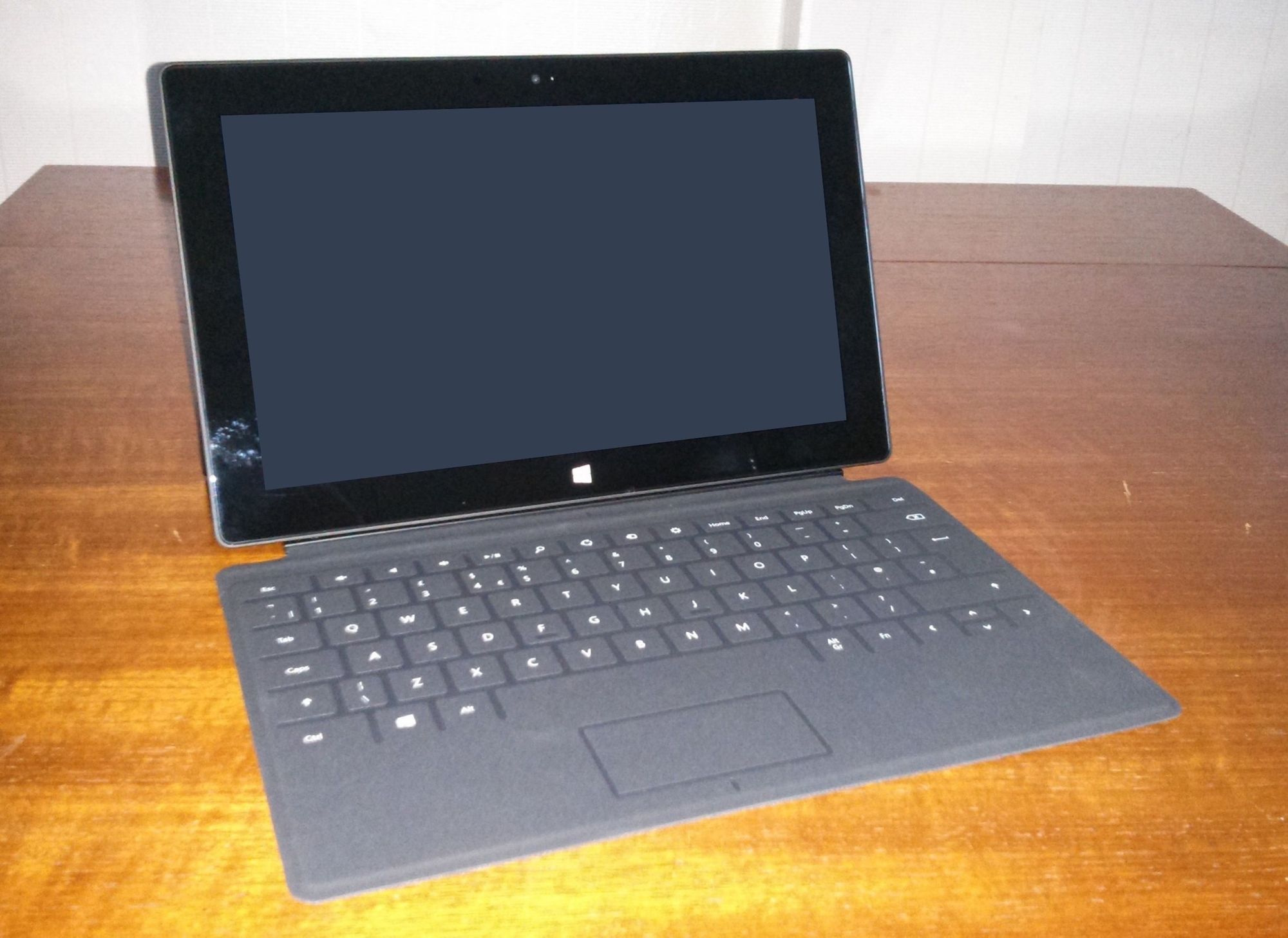The Vision of the Microsoft Surface, and the Vision of Apple’s User Base

The latest iPad rumors are that the next Smart Keyboard will have a version with a trackpad. As many have already stated, this takes the iPad Pro into a remarkably similar form factor to not only the current Surface lineup, but the original Surface from 2012.

And before the snark monsters come in and complain about Windows not being a touch-first operating system, yes, I get it. Windows 10, despite it’s affordances for touch, never feels quite right when using it with a touch screen. But the original Surface shipped with Windows 8 RT, a touch-first version of Windows that required developers to integrate to a new type of Windows. Your old Windows apps simply didn’t work on this machine. The good news was that they had an app platform that developers could use to write apps that ran on phones, Surface tablets, and desktops with one shared code base.
We all know the story here, though. The market didn’t want Windows but without all the bullshit that comes with it. Reducing the software you could use and changing the UI that dramatically were not acceptable to a Windows user base who is large and incredibly inflexible when it comes to change. In subsequent years, the hardware got better, and the software changed to the point that the Windows I run on my desktop PC is basically identical to what I ran on my Surface Go last year.
Where Apple Is Now
With things like Swift UI and Catalyst, Apple is now at a place where you can have one code base relatively easily run on phones, tablets, and desktops. With the Smart Keyboard, Apple made the default iPad form factor something that looked very much like a laptop. With the rumored introduction of a trackpad-equipped keyboard this year, Apple will get even closer to the traditional laptop design.
And if they add a kickstand so you can have a much smaller keyboard case, then they will have completed the transformation of the iPad into the Surface.
Again, we can argue about the specifics here, and you can rail about how Microsoft has no vision and Apple dominates all innovation, but it’s impossible not to recognize the shift in the past decade: iPads in 2020 look more like Surfaces in 2012 than ever before.
Apple’s Commitment and Flexible User Base
There has been much talk in the Apple world lately about how terrible the iPad is for many things, and it’s a conversation that’s frankly tiring and typically held in bad faith, but despite this consternation, the Apple user base in general has been much more welcoming to the iPad than the Windows user base was to the Surface and Windows RT.
While Microsoft had to pull back on Windows RT and turn Windows into something that was the same everywhere, Apple has never given up on iPad software. Yes, Mac people want it to be more like the Mac, but Apple is not going to do that anytime soon. They built something new with iOS and introduced the world to the first truly mainstream interface. The paradigms set on the iPhone have carried over to today and it deserves tons of respect for that.
Meanwhile, the iPad has grown up kind of in the iPhone’s shadow, but Apple has always remained true to its original software vision for the product. It is a touch-based OS that cane be used with other accessories, but it is definitively not a clone of what Apple’s legacy OS. In fact, while I think the anti-iPad sentiment is often expressed poorly, I don’t think anyone is asking for Apple to throw in the towel and just make the iPad run macOS.
It’s a testament to Apple that they have not gone the easy route and just shipped macOS on iPads. It’s a testament to the Apple user base that they are not demanding this because they can’t handle change. Hell, it might even be a testament to Time Cook’s product vision that he has not pushed the company to make an iPad that runs macOS because it would probably be easier from an operations perspective to make all their laptop-style devices run the same stuff.
Yes, And…
The Surface lineup is a very compelling collection of products, and were I buying a Windows portable in 2020 it would almost certainly be a Surface Pro. But at the same time, I don't like Windows as it has existed for decades, and that's what you get with a Surface. It kills me that Microsoft tried to start fresh in 2012 and gave up almost immediately when they didn't stick the landing on their first attempt.
I appreciate that the Apple community tends to take a more “yes, and…” approach to new products. No, the original iPad didn't do as much as the Mac, but people were excited by that, not terrified by it.
So for the past 10 years the iPad has been evolving, but has never lost touch with its original vision as a next generation computer that is not beholden to the expectations on the previous generation. Microsoft definitely saw, to borrow a phrase, where the puck was going, but a combination of execution and user demands made them change that vision, even if the hardware looks very similar.
As any number of business experts will tell you, ideas are only worth a little. It's all about execution, and Microsoft needed either their users to be flexible enough to see where they wanted to go with Windows RT, or they needed to execute so well that their users would come along for the ride. Neither came to pass, so while the Surface gets tons of points for vision, the iPad is clearly the more successful product, both in terms of market success and commitment to vision.
Discussion